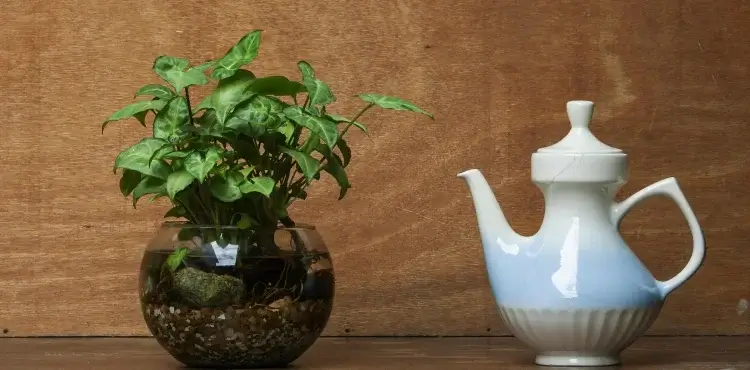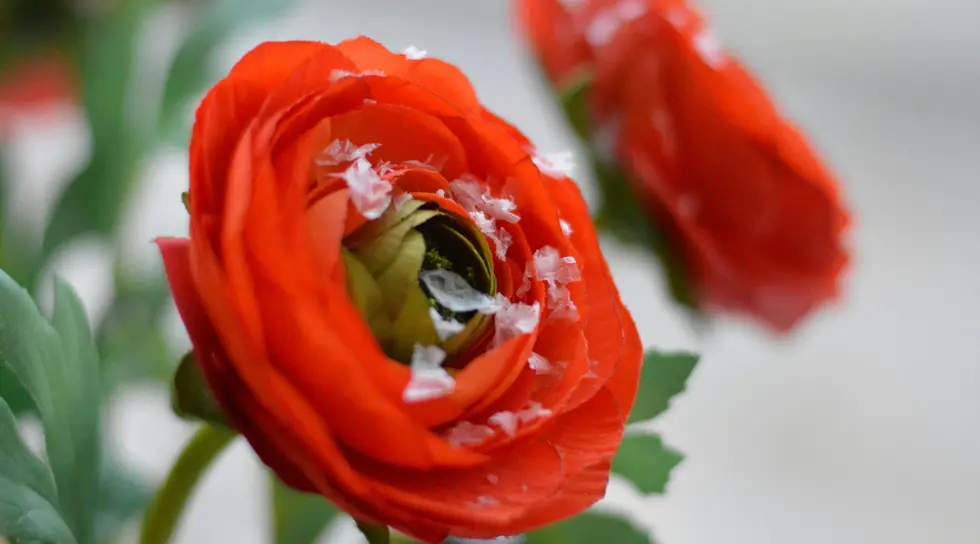Overview of the Arrowhead Plant
The Arrowhead Plant, also known as Syngonium podophyllum, is a popular houseplant known for its visually striking foliage. Named for its arrow-shaped leaves, this plant is a favorite among indoor gardeners for its versatility and relatively easy care requirements. Whether you are a beginner or an experienced plant parent, adding an Arrowhead Plant to your collection can be a rewarding experience.
Origin and Varieties
Native to tropical rainforests of Central and South America, the Arrowhead Plant is a member of the Araceae family. This diverse plant has several varieties, each showcasing different leaf colorations and patterns. Some common varieties include:
- Syngonium podophyllum ‘White Butterfly’: Known for its creamy white and green leaves.
- Syngonium podophyllum ‘Neon Robusta’: Features vibrant pink leaves that can brighten any indoor space.
- Syngonium podophyllum ‘Pixie’: A dwarf variety, perfect for smaller spaces.
Care Requirements
Despite its exotic appearance, the Arrowhead Plant is relatively straightforward to care for. Here are some essential guidelines:
Light
The Arrowhead Plant thrives in bright, indirect light but can also tolerate low-light conditions. Avoid direct sunlight, which can scorch the leaves. If the plant’s leaves start to yellow, it may be an indication of too much or too little light.
Watering
This plant prefers moderate watering. The soil should remain consistently moist but not waterlogged. Water thoroughly when the top inch of soil feels dry. Overwatering can lead to root rot, so ensure proper drainage.
Soil
Choose a well-draining, peat-based potting mix for your Arrowhead Plant. You can also add perlite or sand to improve soil drainage.
Humidity and Temperature
Syngonium podophyllum thrives in high humidity and temperatures ranging between 60-80°F (16-27°C). Regular misting or placing a humidifier nearby can help maintain the required humidity levels.
Fertilization
Feed your plant every month during its growing season (spring and summer) with a balanced, water-soluble fertilizer diluted to half strength. Reduce feeding during fall and winter when the plant’s growth slows down.
Pruning and Maintenance
Regular pruning can help manage the Arrowhead Plant’s growth and keep it looking tidy. Trim away any dead or yellowing leaves to promote healthy growth. Additionally, trimming back the stems can encourage bushier growth.
As the Arrowhead Plant matures, its growth pattern can shift from upright to trailing. This transformation makes it an excellent candidate for hanging baskets or training on a support structure such as a trellis.
Propagation
Propagating the Arrowhead Plant is quite simple. The most common methods include:
- Stem Cuttings: Take a cutting with at least one node and place it in water or directly into soil. Roots should develop within a few weeks.
- Division: During repotting, you can divide the plant into smaller sections, ensuring each section has roots attached. Plant the divisions in separate pots.
Both methods are effective and ensure that you can expand your greenery collection or share with friends and family.
Common Problems and Solutions
Like any houseplant, the Arrowhead Plant can encounter issues. Here are some common problems and their solutions:
- Yellow Leaves: This can be caused by overwatering, underwatering, or too much direct sunlight. Adjust watering habits and light exposure accordingly.
- Browning Leaf Edges: Often a result of low humidity or underwatering. Increase humidity levels and ensure consistent watering.
- Pest Infestations: Common pests include spider mites, aphids, and mealybugs. Treat infestations with insecticidal soap or neem oil.
Benefits of Having an Arrowhead Plant
Aside from its aesthetic appeal, the Arrowhead Plant offers several benefits:
- Air Purification: Syngonium podophyllum is known for its air-purifying qualities, helping to remove toxins from the indoor environment.
- Low Maintenance: With its minimal care requirements, it’s an excellent choice for busy individuals or those new to houseplants.
- Versatility: Whether placed on a shelf, in a hanging basket, or trained on a trellis, the Arrowhead Plant adapts well to various indoor settings.
Incorporating an Arrowhead Plant into your home not only enhances your interior decor but also contributes to a healthier living space. With the right care, this versatile plant can thrive and bring a touch of tropical beauty to your indoor garden.


















